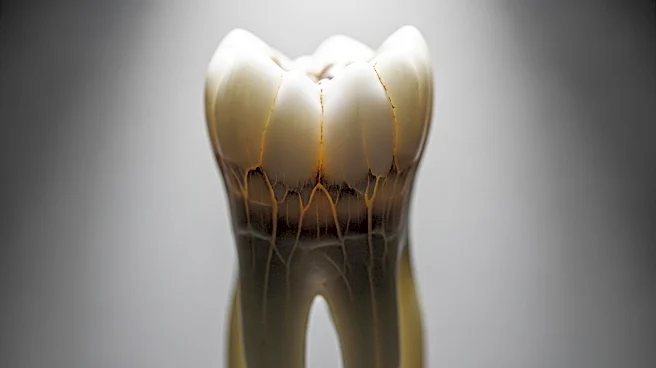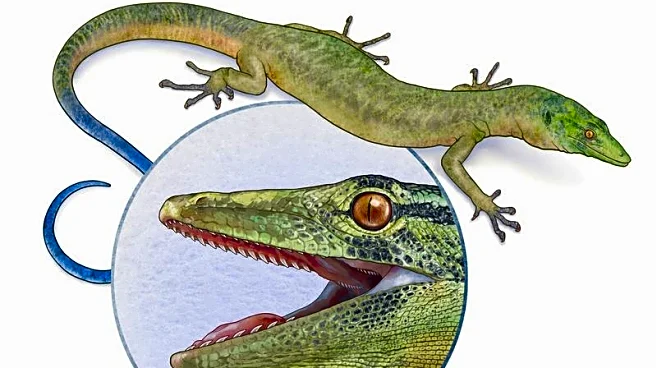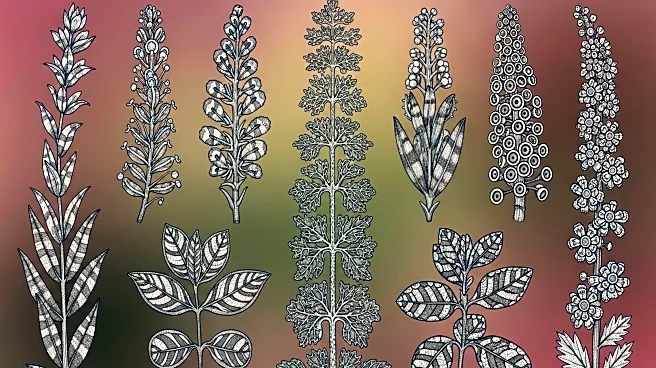What's Happening?
A new study published in the American Journal of Biological Anthropology suggests that the small grooves found on ancient human teeth, previously thought to be evidence of toothpick use, may not be caused by deliberate tool use. Researchers found similar grooves in the teeth of wild primates, indicating that natural factors such as chewing abrasive foods or grit could produce these marks. The study also noted the absence of abfraction lesions, common in modern humans, in the primate samples, suggesting these dental issues are uniquely human and linked to modern diets and behaviors.
Why It's Important?
This research could reshape interpretations of the fossil record and our understanding of human evolution. By challenging the assumption that these grooves indicate tool use, the study highlights the need for caution in attributing cultural behaviors to ancient humans based solely on dental evidence. The findings also underscore the impact of modern lifestyles on dental health, as the absence of certain dental issues in wild primates suggests these problems are a result of contemporary habits.
What's Next?
Future research will expand to larger primate samples and investigate the links between diet and tooth wear in the wild. Advanced imaging techniques may be used to better understand how dental lesions form. These efforts aim to refine interpretations of the fossil record and improve strategies for preventing dental disease today.
Beyond the Headlines
The study contributes to the growing field of evolutionary dentistry, which uses insights from our evolutionary past to address modern dental issues. It also emphasizes the importance of comparing human dental patterns with those of other primates to distinguish between universal and uniquely human traits.











